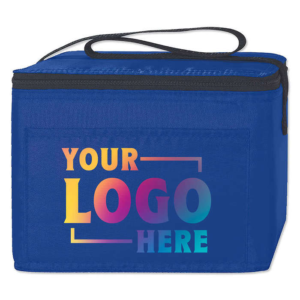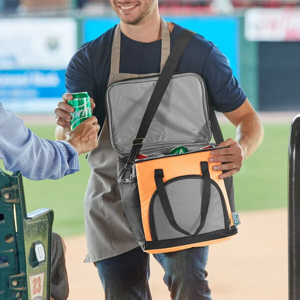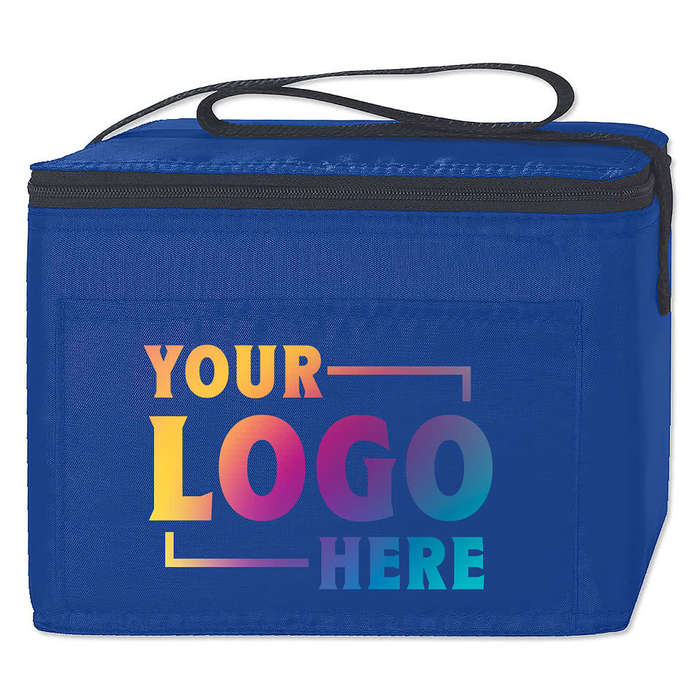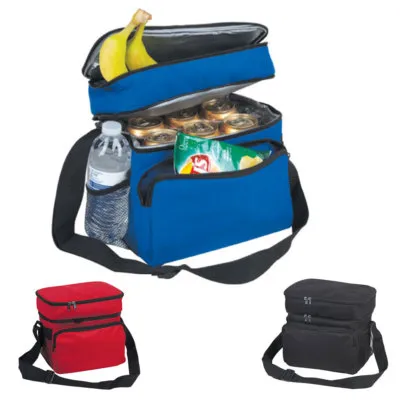Choosing the right bag supplier can make or break your business operations. This list highlights key warning signs that indicate it's time to switch suppliers. It’s based on industry insights and real customer pain points.
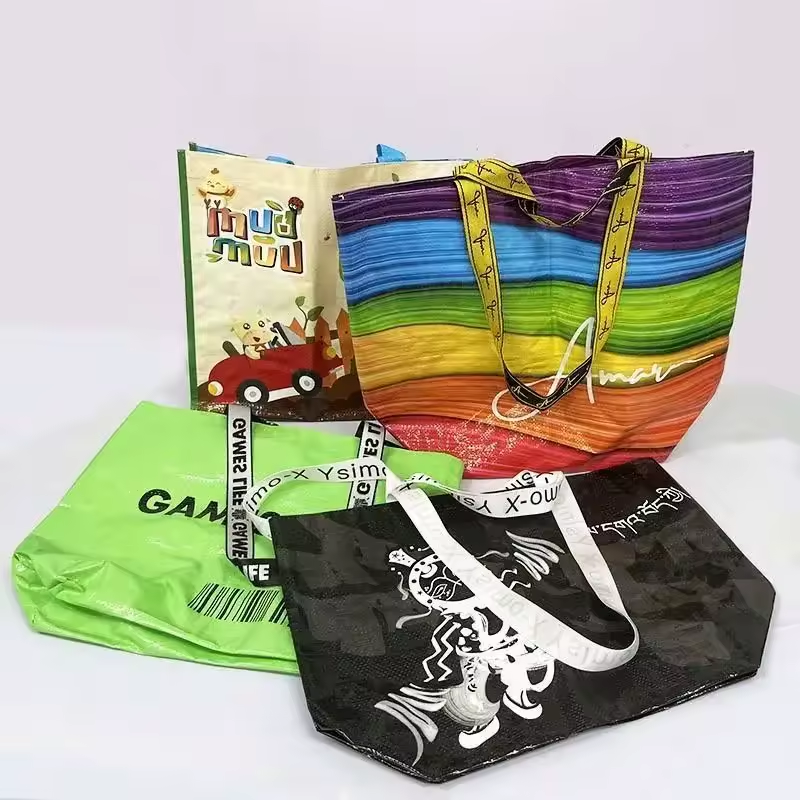
If your current bag supplier is unreliable, unresponsive, or failing in quality, it may be time to make a change.
These red flags are easy to miss—until they hurt your reputation or profits. Read on to protect your business.
1. Inconsistent or Poor Product Quality[^1]
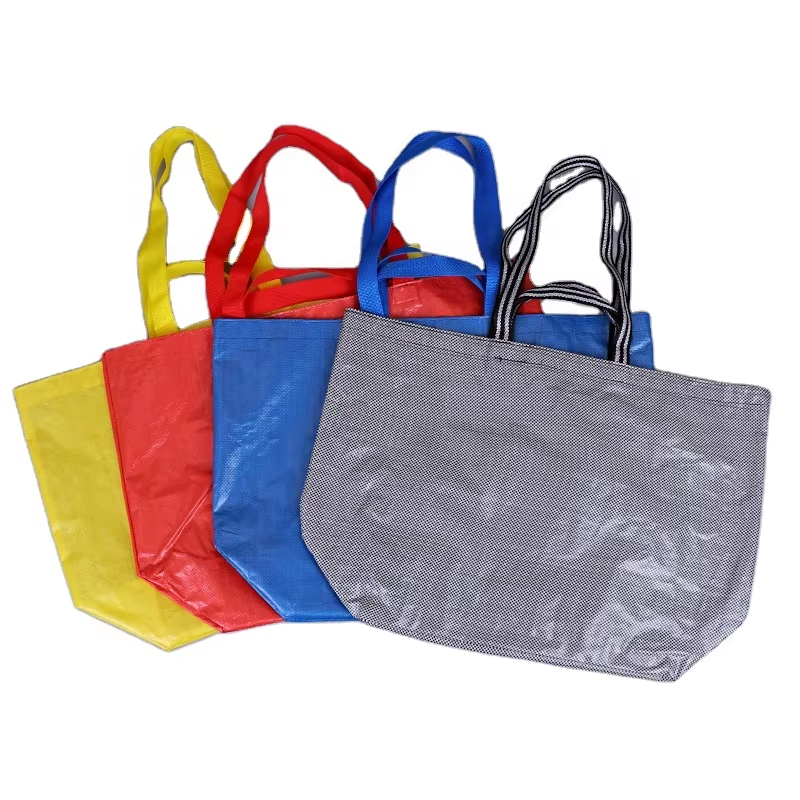
When a supplier frequently delivers defective bags, it’s a sign of deeper manufacturing issues.
What Poor Quality Looks Like
| Problem | Impact on Business |
|---|---|
| Tears or Weak Seams | Higher returns, damaged goods |
| Flimsy Materials | Poor durability, customer dissatisfaction |
| Irregular Sizes or Colors | Brand inconsistency |
Why It Matters
Defects affect customer experience. If bags arrive with broken handles or uneven prints, customers notice. Your brand may suffer. Consistency is non-negotiable for B2B buyers and distributors. If you can't trust each batch, it's time to look elsewhere. Reputable manufacturers have quality control processes in place. You shouldn't have to sort or re-check every order yourself.
2. Frequent Late or Missed Deliveries[^2]
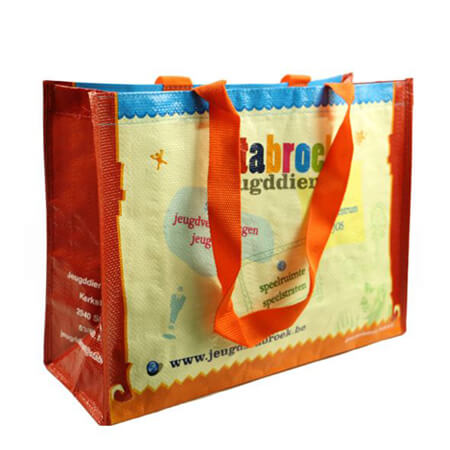
Timely delivery is vital in retail and logistics. Delays can create a ripple effect.
Delivery Issues That Hurt You
| Issue | Consequence |
|---|---|
| Late Shipments | Missed sales, broken timelines |
| Incomplete Orders | Rush reorders, increased costs |
| Unpredictable Supply | Business instability |
Why It Matters
Even one late delivery can lead to empty shelves or delayed campaigns. If your supplier can’t meet promised dates, your business suffers. Emergencies like these increase stress and cost. Reliable partners use tracking systems and buffer times. A professional supplier won't let logistics fall apart without warning.
3. Lack of Communication or Poor Customer Service[^3]
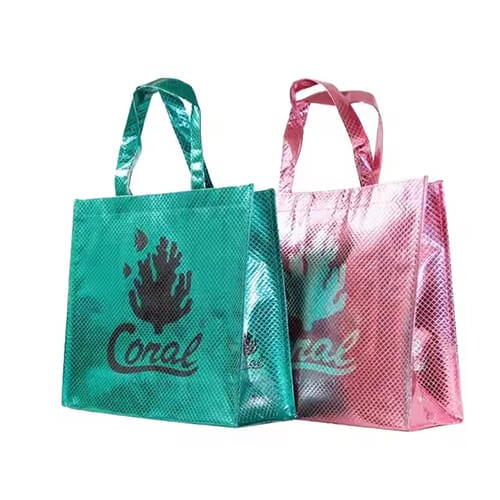
If your emails go unanswered and calls ignored, that's not just frustrating—it’s dangerous for business.
Signs of Poor Service
| Signal | What It Means |
|---|---|
| Delayed Replies | Low priority status |
| Vague Answers | Lack of expertise or honesty |
| No Point of Contact | Disorganized operations |
Why It Matters
Good customer service supports your workflow. You need fast answers when things go wrong. If you're chasing updates or begging for help, the relationship is broken. A strong supplier provides a dedicated contact and quick support. Anything less adds unnecessary risk to your supply chain.
4. Unexplained or Rising Costs[^4]
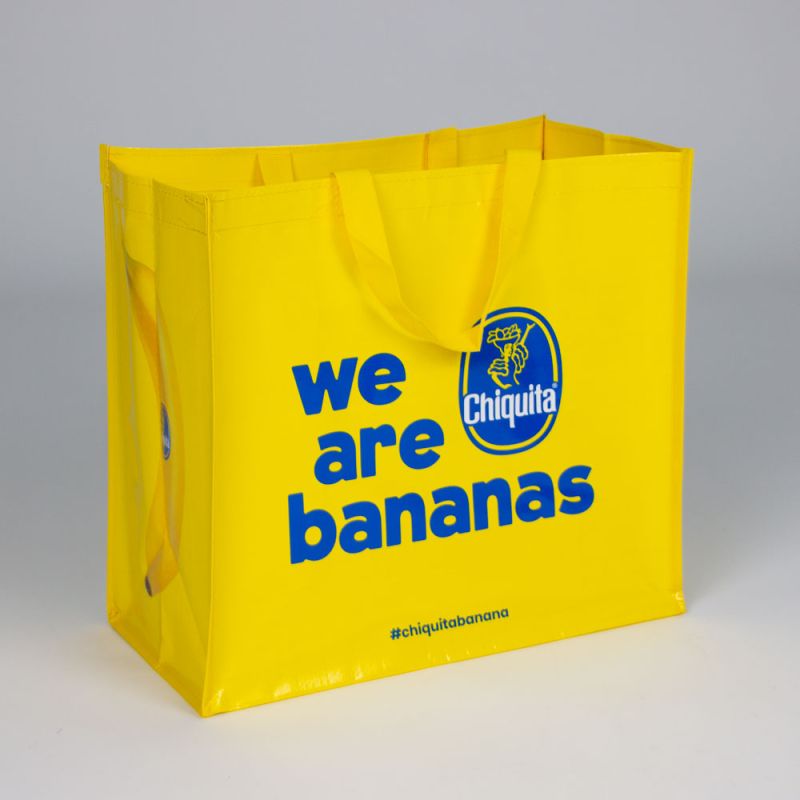
If pricing feels like a mystery, your margins could be at risk.
Pricing Red Flags
| Behavior | Risk |
|---|---|
| Sudden Price Hikes | Budget instability |
| Extra Charges | Reduced profitability |
| No Breakdown of Fees | Lack of trust |
Why It Matters
Transparency builds trust. If your supplier raises costs without reason or tacks on surprise charges, they might be taking advantage of your loyalty. Reliable partners explain cost drivers clearly. They work with you to meet budget goals and offer savings options like bulk discounts or alternative materials.
5. Complicated Ordering or Rigid Minimums[^5]
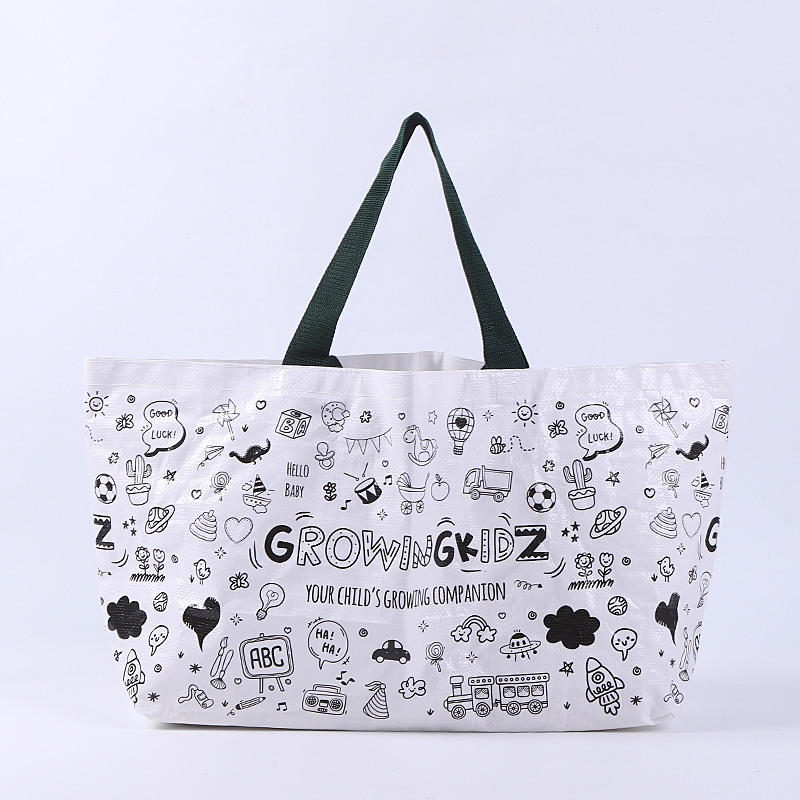
If placing an order feels like a chore, you’re wasting valuable time.
Order Process Pain Points
| Problem | Result |
|---|---|
| Long, Manual Ordering | Slower workflows |
| Minimums Too High | Overstock, cash flow problems |
| No Flexibility | Inability to scale or adapt |
Why It Matters
Your supplier should adapt to your needs—not force you into a system that doesn’t fit. Modern B2B suppliers offer user-friendly portals, clear terms, and customizable options. If you’re bending over backward to meet order requirements, it may be time to switch to a factory that understands your business rhythm.
6. Stagnation—No Innovation or Support for Customization[^6]
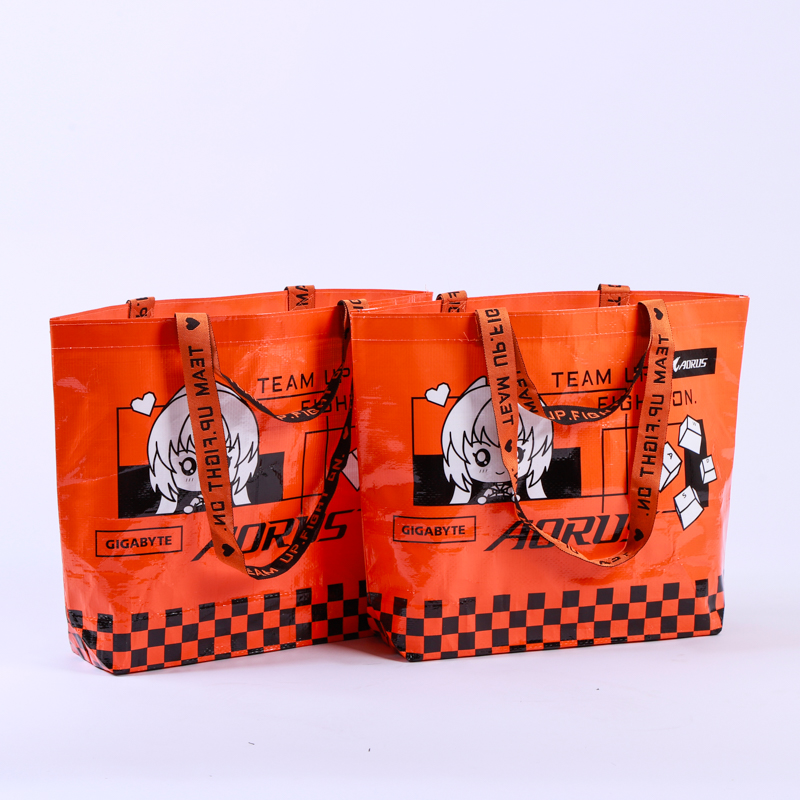
Suppliers should do more than just fill orders—they should help you grow.
Signs of a Stagnant Supplier
| Issue | Missed Opportunity |
|---|---|
| No New Designs | Brand gets outdated |
| No Customization Support | Loss of identity |
| No Sustainable Options | Missed market trends |
Why It Matters
Packaging trends change fast. Eco-friendly bags, unique styles, and custom logos are no longer nice-to-haves—they're required. If your supplier can’t deliver innovation, you risk falling behind competitors. Great suppliers help you differentiate, reduce environmental impact, and keep your packaging fresh. Innovation equals value.
Conclusion
If you’ve noticed one or more of these warning signs, it's probably time to change your bag supplier. A modern, reliable, and customer-focused manufacturer will save you time, protect your reputation, and improve profit margins. In our own experience at JiaRong Packing, clients often tell us how switching to a proactive supplier changed their operations for the better.
We’d love to hear your stories. What problems have you faced with past suppliers? Let’s discuss in the comments.
---
[^1]: Understanding the effects of poor product quality can help you make informed decisions about your suppliers.
[^2]: Explore the consequences of delivery issues to ensure your supply chain remains efficient and reliable.
[^3]: Identifying poor customer service can help you avoid suppliers that jeopardize your business operations.
[^4]: Learn how to handle unexpected cost increases to protect your profit margins and maintain transparency.
[^5]: Discover how streamlined ordering can save time and improve your operational workflow.
[^6]: Understanding the need for innovation can help you choose suppliers that support your growth and market relevance.

